 |
|
A mother surnamed Oh, who works part time at a nursery facility in the mornings and as a housekeeper in the afternoons, knows these feelings well.
“I was finally pregnant with my son after trying for five years. After giving birth to him, I heard that he had a rare disease. It felt like there was no hope for me. When my son, who dreamed of becoming a pro wrestler, grumbled at me saying why I had given birth to him with an illness, my heart was torn,” said Oh, whose 16-year-old son suffers from phenylketonuria (PKU).
PKU is an inherited disease in which patients are otherwise healthy, except that their bodies cannot break down an amino acid called phenylalanine. Amino acids join together to build protein, a common nutrient found in food that all humans need to survive.
In Korea, fewer than 200 people suffer from the disease. PKU patients must follow a strict diet which limits phenylalanine. Their diet consists of a phenylalanine-free medical formula, plus a carefully measured amount of fruits, vegetables, bread, pasta and cereals. If they follow the diet, they can carry on with their regular daily lives. If they don’t, they can suffer physical or psychological disabilities.
 |
|
| Shin Hyun-min, 59, a multiple sclerosis patient, receives hydrotherapy at the Ilsan Paik Hospital in Ilsan, Gyeonggi. Shin is the head of the Korean Organization for Rare Diseases. [JoongAng Ilbo] |
Each month, she receives two cans of the formula (worth 220,000 won, or $196) and money for another medicine (400,000 won) that is mixed with a special hetbahn, a bowl of ready-to-eat microwaveable rice. However, when her son turns 18, this support will end.
Patients over 18 with rare and incurable diseases from households of lower-income brackets can continue to receive support, however, the number of beneficiaries is low. Lower-income households are those with an income of less than 300 percent of the country’s minimum cost of living. For example, the current minimum cost of living for a family of four is 1.55 million won a month. Therefore, a patient over 18 from a family of four with a total monthly income of less than 4.64 million won could continue to receive the treatment.
Oh makes about 1 million won per month. Oh’s husband, who works as a taxi driver, earns about the same amount. With about 2 million won as their monthly family income, Oh says their debts have been mounting for years.
“This disease is lifelong. I don’t know how we can finance all the additional costs along with his medical fees,” said Oh.
Jeong Hye-jin, head of the Families of PKU Patients said, “Government’s customized support will be really helpful for those patients who suffer from illnesses such as PKU as they can adjust well to society upon following a strict diet as its major treatment.”
In addition to medical expenses for regular treatments and hospitalizations, there are other costs that are not often covered by the country’s health insurance system, such as drugs and supplies for rare diseases as well as alternative food.
According to the Korea Centers for Disease Control and Prevention, there are 389 rare and incurable diseases in Korea. For a disease to be categorized as rare and incurable, there should be fewer than 20,000 people suffering from it, no proper medical treatment or development of alternative medicine, and no anticipation of recovery or improvement.
However, of those 398 diseases, 138 are eligible for a “special payment” benefit, in which patients pay only 10 percent of the medical costs and the rest is covered by national insurance. For the remaining rare and incurable diseases, patients must pay up to 60 percent of the medical costs, equivalent to patients suffering from general illnesses.
“Those patients with rare and incurable diseases that are not included in the ‘special payment’ suffer from great distress. There must be fundamental measures that surpass current laws and policies,” said Shin Hyun-min, head of the Korean Organization for Rare Diseases. Shin says there’s no centralized agency or organization that advocates for patients with rare and incurable diseases.
Currently, the Ministry of Health and Welfare decides whether a disease is rare or incurable, while insurance coverage decisions are made by the Health Insurance Review and Assessment Service, and disability rating reviews are handled by the National Pension Service.




